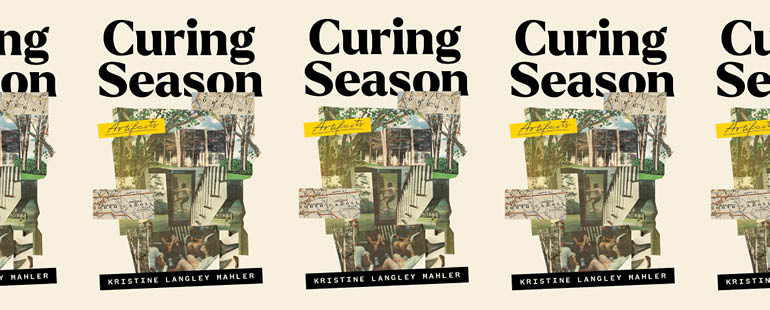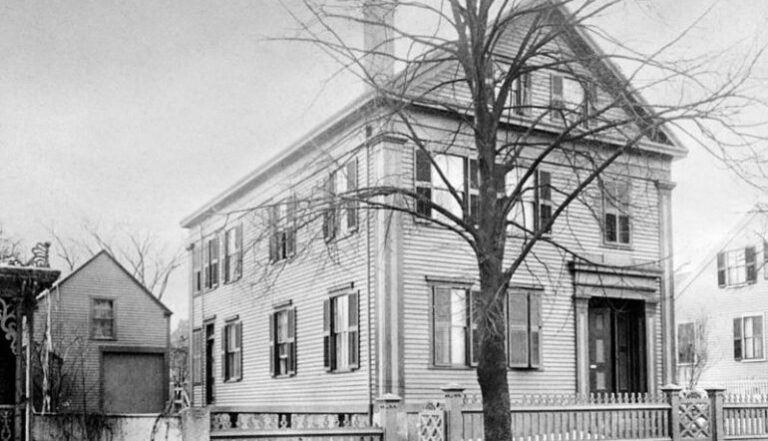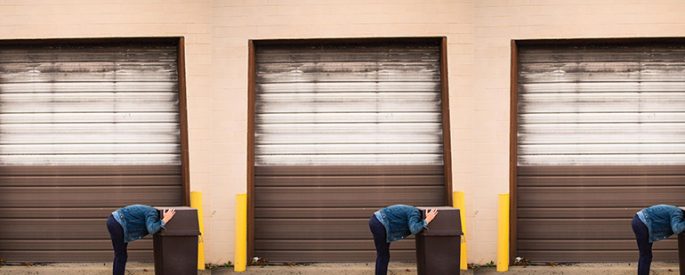Curing Season: Artifacts’ Exploration of Form

Kristine Langley Mahler’s new memoir, Curing Season: Artifacts, uses a plethora of essay forms to investigate a single central locus: four years spent living in Greenville, NC, and the complicated legacy of that place and time’s effects on the author’s past and present. Many of the essays explore the often harrowing experiences of adolescent and teen friendship in their context of insider-outsider dynamics heightened by race and class; contained here is a wealth of detail that could, like the yearbook pages included in one of the final essays, seem too private, too particular to bridge the gulf between writer and reader. Mahler’s agile adoption of various forms, however, creates a multitude of anchoring points, each with its own visual and verbal rhetoric of meaning-making that clarifies, identifies, and amplifies the displayed experience.
One of the essays most overtly anchored to the book’s title and concept, “Shadow Box,” uses simple rectangular frames to separate vignettes and explorations, at times following one after the other in a linear fashion and at times presented in a kind of checkerboard grid. After a description of an actual shadow box from the family home, the essay begins with the slippage between possible meanings: “My mother called it a shadow box, but I always thought it was shadowbox, eliding the two words together and taking on an alternate meaning: to shadowbox is to swing at an imaginary foe.” By implication, tension arrives in the essay, and the tension is sustained through the lyrical strategy of setting these vignettes against each other. First, the familial: a shadow box built by the narrator’s father, followed by the lore and purpose of shadow boxes. Second, the friendships: fractured and full of longing, these are the pieces set adjacent to each other, white space filling in the diagonals, lonesome, displaced.
These vignettes are a kind of catalog of small cruelties given and received. The narrator writes, of an undelivered break-up letter to a friend: “It flushed my cheeks with shame in the years to come when I remembered the letter existed, but I didn’t get rid of it. It was a treachery I needed to remember I had not committed.” This culpability for a potential betrayal sparks against unspoken desire for more connection during a middle school field trip in which three girls share a hotel room: “I could hear the other girls’ soft murmurs negotiating space as they turned over, tentatively touching ankles, and I tucked my legs up tight, curled in, to make room for no one.” Half a dozen small moments of singular, specific imperfection and longing sit as the centerpiece in the essay’s own shadow box.
The shadow box also contains the historical: shifting from the shadow box to the curiosity cabinet, the fragments introduce a large collection of ephemera gathered by an eighteenth-century gentleman who hoped his collection would garner monumental interest; it did not. Of such collections Mahler writes, “When viewed on display, the artifacts are supposed to reflect on the collector’s sensibilities, like the very nature of assimilating the items can be transmuted as her foresight into the worth.” Of her own artifacts she says, “My preserved hurts were totems of the times I had tried and failed. They were bomb shrapnel I kept as a warning for myself.” As a single essay within a collection, “Shadowbox” is a smart, visually interesting catalog of insight, and as an early essay in this collection, it introduces the implied foe of the book: the fear that these hurts, these happenings, will be dismissed. Curing Season: Artifacts is a powerful tonic against the tendency to dismiss the importance of adolescent girls’ friendships and heartbreaks, and these essays transmute the youthful desire for relevance and belonging into powerful testimony of its lasting impact.
Essays like “Out Line” and the “Excavation Report” section of “A Pit is Removed, A Hollow Remains: Chronicles of Pitt County, Revisited” use the received forms of a grant application and a project report to play on those forms’ received sense of authority to complicate and expand the intimacy of the personal narrative. Both essays engage the aforementioned Chronicles of Pitt County, a collection of family histories from the residents of Pitt County that serves as a frequent touchstone throughout the collection. Chronicles of Pitt County attests to the rootedness of everyone else in this place in which the narrator is only a temporary resident, an object of both covetousness and scorn as the book exposes the racist legacy of the place.
In “Out Line,” in which the proposed project is a trip back to Greenville for research for an essay, the initial “project description” portion evokes those contrasting feelings by implication. Mahler points out the racial imbalance of the book’s accounts: “Pitt County has always been over one-third Black. But the family histories in the book are nearly all white.” Later snippets from the Chronicles included in “A Pit is Removed” speak to a nostalgic antebellum sentiment, too, and highlight the material privilege of long-standing Pitt County families whose fortunes and estates were built on slavery. These forms of privilege are denied to the white narrator whose family has only recently arrived from Oregon but are nonetheless complex sites of longing: to have a deep-seated sense of familial place and shared culture. Mahler, in revisiting this text and these memories, does not shy away from her own complicity. These are not essays that presume to solve, resolve, or absolve; these are essays that dwell, thoughtfully, even uncomfortably, in the intersections of youthful naivete, adult understanding, and the murkier, transitioning space between the two.
As part of that work in “Out Line,” the voice adopts and subverts the confident future tense of the grant application. When proposing a project for funding, grant writers are expected to discuss the project with certainty: here is what will happen—not here is what may happen—if the project is funded. Mahler uses that certainty as a way to interrogate her own uncertainty—about a trip to this fraught place, about the writing such a trip might produce, about the research already done: “I will return to that town, hog-belly-up on the coastal plains of North Carolina, to document what I wanted to see but did not. Or I will document what I did not want to see but did. I will produce an essay about the essay I will write about the essay I would write if I had to actually return.” The self-conscious utilization and then inversion of certainty illustrates the difficulty of the task, and it is a strategy Mahler uses throughout the essay, as proposal and essay merge. That self-consciousness provides the illusion of inviting the reader into the decision-making process as the essay questions what it will include and how; how will she narrate the time she called the police because a group of Black boys would not leave her porch one day when she was home sick? When and how should the details come forward? Memory, imagination, and reflection round out the interrogation of place and her place in it, making that house where she spent four years a destination both geographical and psychic, one that weighs on the work as a whole.
“A Pit is Removed, A Hollow Remains: Chronicles of Pitt County, Revisited” uses multiple strategies to perform the other central longing of the work: “The reality is I did not miss home until I realized others had one.” Mahler braids together her own story with the material of the Chronicles; this essay makes a place for the self, the adult and the adolescent both, through textual interactions. By foregrounding the “project report” section of this long essay, a retrospective assessment of the writing, the writer, and the subject, Mahler grounds and extends the previous work of the book, filling in elements of autobiography and local history in “Introductory statement” and “Historical background” that ripple backward and forward. Sections like “Biases” recall the previous essay’s call to document what the writer didn’t want to see but did, even in herself. The “Results” section is the rest of the essay, another set of interesting forms brought together by the interplay of stories, Mahler’s and the Chronicles. Through “Grafting,” “Piecing,” and “Replacing,” the memoir creates a home for itself among and against snippets from the Chronicles, even using collage to juxtapose text from the Chronicles against personal photos, writing the narrator into the very fabric of this place. This persistent, often tense work brings together the multiple branches of Curing Season: Artifacts, framing and reframing the desire to belong to a place and its people, and its refusal to obscure the rougher parts of the joins shows the narratively compelling but ultimately impossible act it performs.
Other essays in Curing Season: Artifacts explore specific relationships and particular incidents all inextricably connected, and though these touchstones of adolescent friendship and belonging appear—often in the troubled legacy of participating in cycles of hurting and being hurt in pursuit of both things—Mahler’s skillful use of forms make these stories a river the reader never sees the same way twice.


